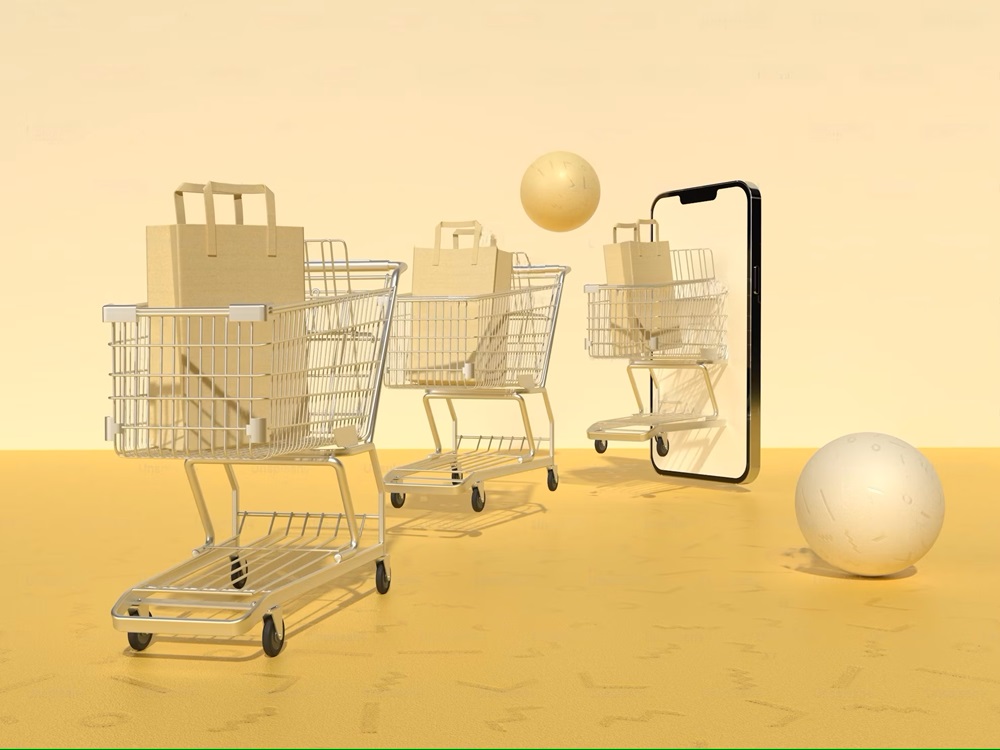The Internet of Things (IoT) has revolutionized industries by enabling devices to communicate, share data, and automate processes in real time. From smart homes and industrial automation to healthcare systems and agriculture, IoT applications are transforming the way we live and work. One of the core drivers of IoT success is cloud computing, which provides the necessary infrastructure to handle the massive data flows, compute needs, and scalability requirements of IoT systems. In this blog, we will explore how cloud software development plays a critical role in the development, deployment, and management of IoT applications.
What Is Cloud Software Development for IoT?
Cloud software development for IoT refers to the process of designing, building, and deploying applications in the cloud to support and manage IoT devices and networks. The cloud acts as a central platform where data from various IoT devices are collected, processed, analyzed, and stored. Cloud platforms offer a variety of services, including computing resources, data storage, analytics, and machine learning capabilities, which can be leveraged by IoT developers to create robust and scalable IoT applications.
In essence, cloud software development for IoT connects the physical world of devices with the virtual world of computing resources, enabling real-time data processing and analytics. Cloud platforms also facilitate the integration of various IoT systems, ensuring seamless communication between devices and applications.
The Role of Cloud in IoT Applications
The cloud is at the heart of most IoT solutions, providing essential features and benefits that enable IoT applications to function efficiently. Here are some of the key ways in which the cloud supports IoT systems:
1. Scalability
One of the biggest challenges in IoT is the sheer scale of devices that need to be managed. As IoT systems grow, the number of devices, sensors, and endpoints increase significantly, requiring infrastructure that can scale accordingly. Cloud platforms such as Amazon Web Services (AWS), Microsoft Azure, and Google Cloud offer virtually unlimited scalability, allowing IoT applications to grow without the need for heavy investments in physical infrastructure.
Cloud providers offer elastic computing resources, meaning that IoT applications can automatically scale up or down based on the volume of data or the number of devices. This scalability is essential for IoT solutions that may need to support millions of devices across various geographical locations.
2. Data Storage and Management
IoT devices generate enormous amounts of data every second, which needs to be collected, stored, and managed efficiently. Traditional on-premises data centers often struggle to keep up with the data load and can become prohibitively expensive. Cloud storage services, on the other hand, provide cost-effective and flexible options for storing and managing large volumes of data.
Cloud platforms support various storage models, including object storage, relational databases, and NoSQL databases, which can be chosen based on the type of IoT data being handled. This flexibility allows developers to choose the right storage solution based on performance, availability, and cost.
3. Real-Time Data Processing
Many IoT applications require real-time data processing to make quick decisions or trigger specific actions. For example, a smart thermostat needs to adjust temperature settings based on real-time environmental data, or an industrial sensor must send alerts if it detects an anomaly.
Cloud computing enables IoT systems to process and analyze data in real time using edge computing, serverless computing, and stream processing services. By offloading heavy computations to the cloud, IoT devices can operate efficiently without being burdened by complex data processing tasks. This also reduces latency and enhances the responsiveness of IoT applications.
4. Advanced Analytics and Machine Learning
IoT systems generate valuable data that can be analyzed to uncover insights and trends. Cloud platforms offer advanced analytics tools and machine learning services that can process vast amounts of IoT data to extract meaningful insights. These tools can help businesses optimize operations, predict equipment failures, and enhance user experiences.
For example, a manufacturing facility can use cloud-based analytics to predict when a piece of machinery is likely to fail based on historical sensor data. Similarly, smart cities can analyze data from traffic sensors to optimize traffic flow and reduce congestion.
By integrating machine learning models into IoT applications, developers can create systems that continuously improve their performance and accuracy over time.
5. Security and Compliance
Security is a critical concern for IoT systems, as they are often connected to sensitive data and critical infrastructure. The cloud offers robust security features, such as data encryption, identity and access management, and security monitoring, which help safeguard IoT devices and their data.
Cloud providers also offer compliance with various industry standards and regulations, ensuring that IoT applications meet legal and ethical requirements. For example, cloud platforms may comply with GDPR (General Data Protection Regulation) in Europe or HIPAA (Health Insurance Portability and Accountability Act) in the United States, which is essential for industries dealing with sensitive personal data.
6. Integration and Interoperability
IoT applications often need to integrate with a wide range of devices, services, and third-party applications. Cloud platforms provide APIs, SDKs, and other integration tools that enable seamless communication between devices and other systems. This allows developers to build IoT applications that can easily communicate with other applications and platforms, providing greater flexibility and functionality.
For instance, a smart home system might integrate with weather forecasting services to adjust temperature settings based on upcoming weather changes, or a healthcare monitoring system might integrate with electronic health records (EHR) to provide doctors with real-time patient data.
Key Cloud Technologies for IoT
Several cloud technologies are particularly beneficial for IoT application development:
- IoT Platforms: Cloud-based IoT platforms such as AWS IoT, Microsoft Azure IoT, and Google Cloud IoT provide end-to-end services for building, managing, and scaling IoT applications. These platforms offer device management, data storage, analytics, and integration tools, making it easier for developers to build IoT solutions.
- Edge Computing: Edge computing involves processing data closer to the source of the data (i.e., on the device or nearby) before sending it to the cloud for further analysis. This reduces latency and minimizes the amount of data transmitted, making edge computing a crucial technology for real-time IoT applications.
- Serverless Computing: Serverless computing allows developers to run code without having to manage the underlying infrastructure. This makes it easier to deploy scalable and cost-efficient applications for IoT systems, especially when dealing with unpredictable workloads.
- Containerization: Containers like Docker and Kubernetes help developers package IoT applications into portable units, making it easier to deploy and manage IoT solutions in the cloud.
Conclusion
Cloud software development plays a central role in the success of IoT applications by providing the necessary infrastructure, tools, and services to handle the challenges of scale, data management, real-time processing, and security. By leveraging the power of cloud computing, developers can create IoT solutions that are scalable, secure, and capable of delivering actionable insights in real time.
As the IoT ecosystem continues to grow and evolve, the integration of cloud technologies will be crucial in unlocking the full potential of IoT. Whether in smart cities, industrial automation, healthcare, or agriculture, cloud-based IoT solutions are driving innovation and improving the quality of life across the globe.



